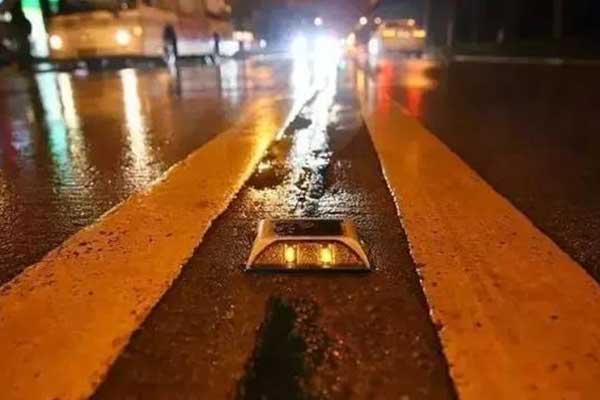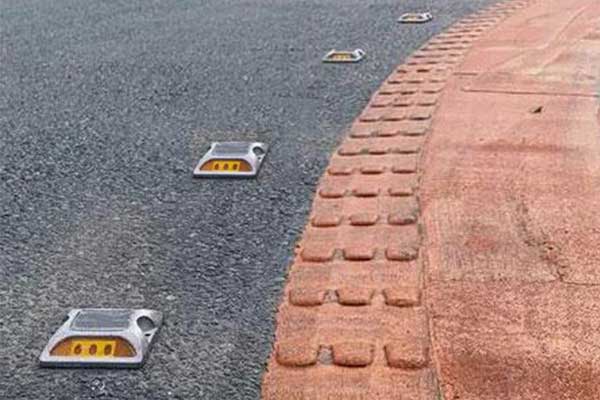Applications of Solar Road Studs
In the realm of transportation infrastructure, safety is paramount. Roads, highways, and pathways must be equipped with reliable, efficient, and sustainable solutions to enhance visibility and guide travelers, especially during nighttime or adverse weather conditions. One such innovative solution gaining prominence is the utilization of solar road studs. These small yet powerful devices offer a multitude of applications that not only enhance safety but also contribute to sustainability efforts. Let’s delve into the various applications of solar road studs and their significant benefits.

Enhancing Road Safety:
Solar road studs, also known as solar pavement markers or solar cat eyes, serve as efficient tools to enhance road safety. Installed along the edges or centerlines of roads, these studs provide clear and visible guidance to drivers, delineating lanes, curves, and potential hazards. Their bright LED lights, powered by solar energy, ensure optimal visibility, reducing the risk of accidents, especially in poorly lit areas or during adverse weather conditions such as fog or rain.
Pedestrian Crosswalks and Pathways:
Pedestrian safety is equally important, particularly at crosswalks and pedestrian pathways. Solar road studs can be strategically placed to delineate pedestrian crossings, alerting both drivers and pedestrians to the designated areas. Their illumination serves as a visual cue for motorists to slow down and yield to pedestrians, thereby reducing the likelihood of accidents and promoting safer interactions between vehicles and pedestrians.
Bicycle Lanes and Cycle Tracks:
With the growing emphasis on promoting sustainable modes of transportation such as cycling, the need for dedicated bicycle lanes and cycle tracks is increasing. Solar road studs can be installed along these lanes to delineate the boundaries and improve visibility for cyclists, especially during low-light conditions. By enhancing cyclist safety, these studs encourage more people to opt for eco-friendly transportation alternatives, thus contributing to environmental conservation efforts.

Airport Runways and Taxiways:
In aviation, precision and safety are paramount, particularly during aircraft takeoff, landing, and taxiing. Solar road studs find applications in airport runways and taxiways, where they serve as runway edge lights and taxiway guidance markers. Their reliable illumination helps pilots navigate the airport environment with precision, even during nighttime operations or low-visibility conditions, ensuring safe and efficient air traffic management.
Marine Docks and Waterways:
Solar road studs are not limited to terrestrial applications; they also find use in marine environments such as docks, piers, and waterways. Installed along the edges of docks and navigational channels, these studs provide clear guidance to marine vessels, facilitating safe navigation and mooring, particularly during nighttime or in areas with limited lighting infrastructure. Their durability and resistance to water make them ideal for maritime applications, where reliability is paramount.
Conclusion:
Solar road studs represent a versatile and sustainable solution for enhancing safety across various transportation domains. From roads and pedestrian crossings to airport runways and marine docks, these innovative devices offer reliable illumination powered by renewable solar energy. By improving visibility and guiding travelers, solar road studs play a crucial role in reducing accidents, enhancing efficiency, and promoting sustainability in transportation infrastructure. As we continue to prioritize safety and sustainability, the widespread adoption of solar road studs is poised to make our roads and pathways safer and more efficient for all.

